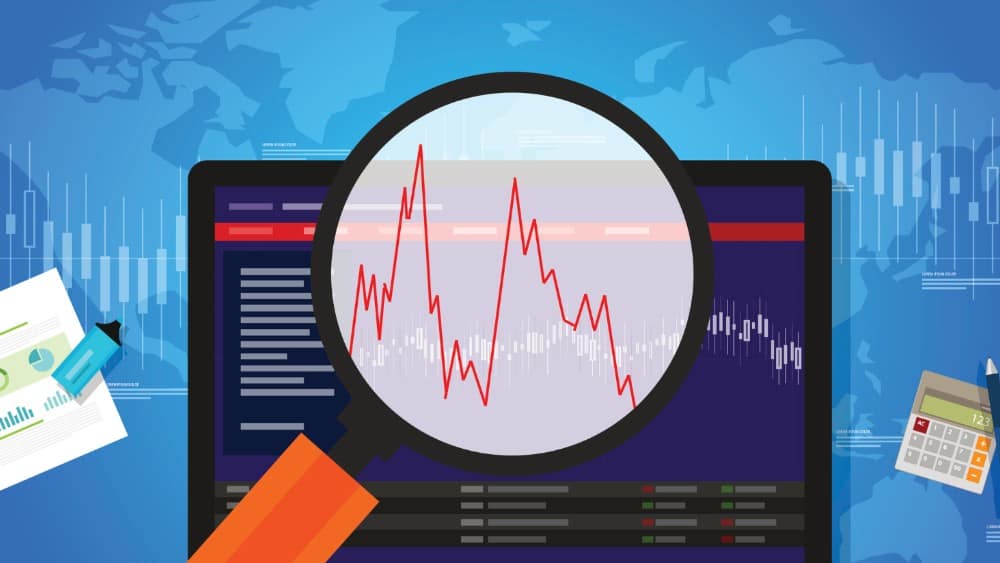This market crash is one of the fastest flash crashes we’ve ever experienced. In about a month, the value of the TSX index has been slashed by close to a third!
Market crashes can be very irrational: Buy quality stocks systematically
Stock market crashes can drag down stocks to prices substantially lower than what they’re worth. Therefore, consider buying quality stocks when they are attractively priced. However, don’t use up your cash in one buy, because we don’t know how low they’ll go.
By averaging in your positions as the stocks fall 10%, 15%, 30%, or 50% more, you can get a lower average cost basis.
Depending on the stock in question, you’d choose to add to it at, say, 10% or 50% lower.
Some factors include how eager you are to increase your ownership of the business and how volatile the stock is.
For example, Fortis and Brookfield Asset Management are excellent businesses and are viewed as core holdings in many investors’ portfolios.
However, Fortis stock is typically much less volatile. So, investors might opt to add to it as it falls 15%, 30%, 45%, etc. from an attractive entry point.
Since the stock of Brookfield Asset Management can have huge drawdowns in a market crash, investors might opt to add to it as it falls 30%, 60%, etc. from an attractive entry point.
The reason to buy systematically is to prevent from using up your cash all at once when the market is being whipsawed.
Wait for market crash to ease
Bear markets can last for months. So, for safer entry points, wait for the market to go sideways. There’s certainly no sideways action in this market crash yet.
You can also buy every two weeks or every month to space out your purchases.
Alternatively, wait for a turnaround confirmation of upward price action with strong volumes.
Wait for signal from COVID-19
This market crash is caused by the coronavirus pandemic that countries and people around the world are fighting together. Until there are no more new COVID-19 cases or the flattening or falling of the curve in which fewer and fewer new cases pop up, the market is unlikely to turn around.
The creation of a vaccine would also cure the stock market. However, some experts believe we won’t get a working vaccine until about a year later.
Therefore, investors can start buying into stocks when the coronavirus situation is under control on a global basis. And we’re far from that point, unfortunately, as the outbreak is happening in Europe and North America.
The Foolish bottom line
Market crashes are a rare opportunity for you to buy stocks at substantially undervalued prices.
At under $45 per share, Fortis stock is certainly getting attractive with an initial yield of close to 4.3%. At $51 per share, Brookfield Asset Management stock is absolutely compelling, although it doesn’t mean the bear won’t drag it lower.
Interested investors can opt to systematically buy some here and buy much more, as their favourite quality stocks fall further.
After all, the Foolish way is to invest in wonderful businesses for the long haul and buy their shares when they’re attractively priced, as they are now and over the course of this market crash.
Check out these great businesses.









